Wild cherry, gean (WCH)
Wild cherry or gean is one of two native cherries (the other bird cherry, Prunus padus) but the only one that grows to timber size. A species that currently is mainly planted for its ecological interest when establishing native woodlands. However, if managed for timber has the potential to produce high quality and high value logs.
Wild cherry is categorised as a Secondary tree species. These are tree species that have demonstrated positive silvicultural characteristics in trial plots but gaps in knowledge constrain wider use. The species are being actively evaluated to increase understanding and inform future deployment.
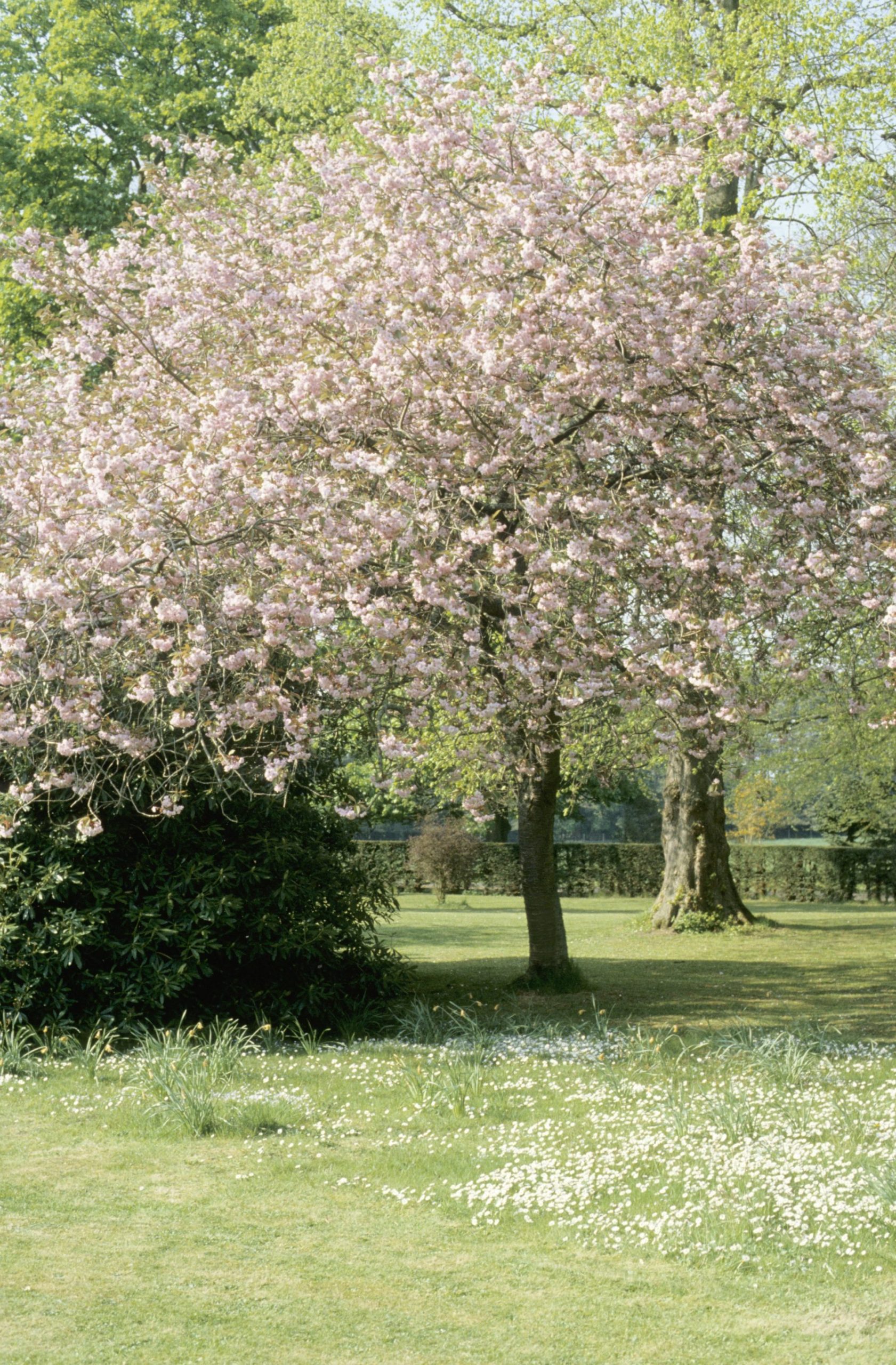
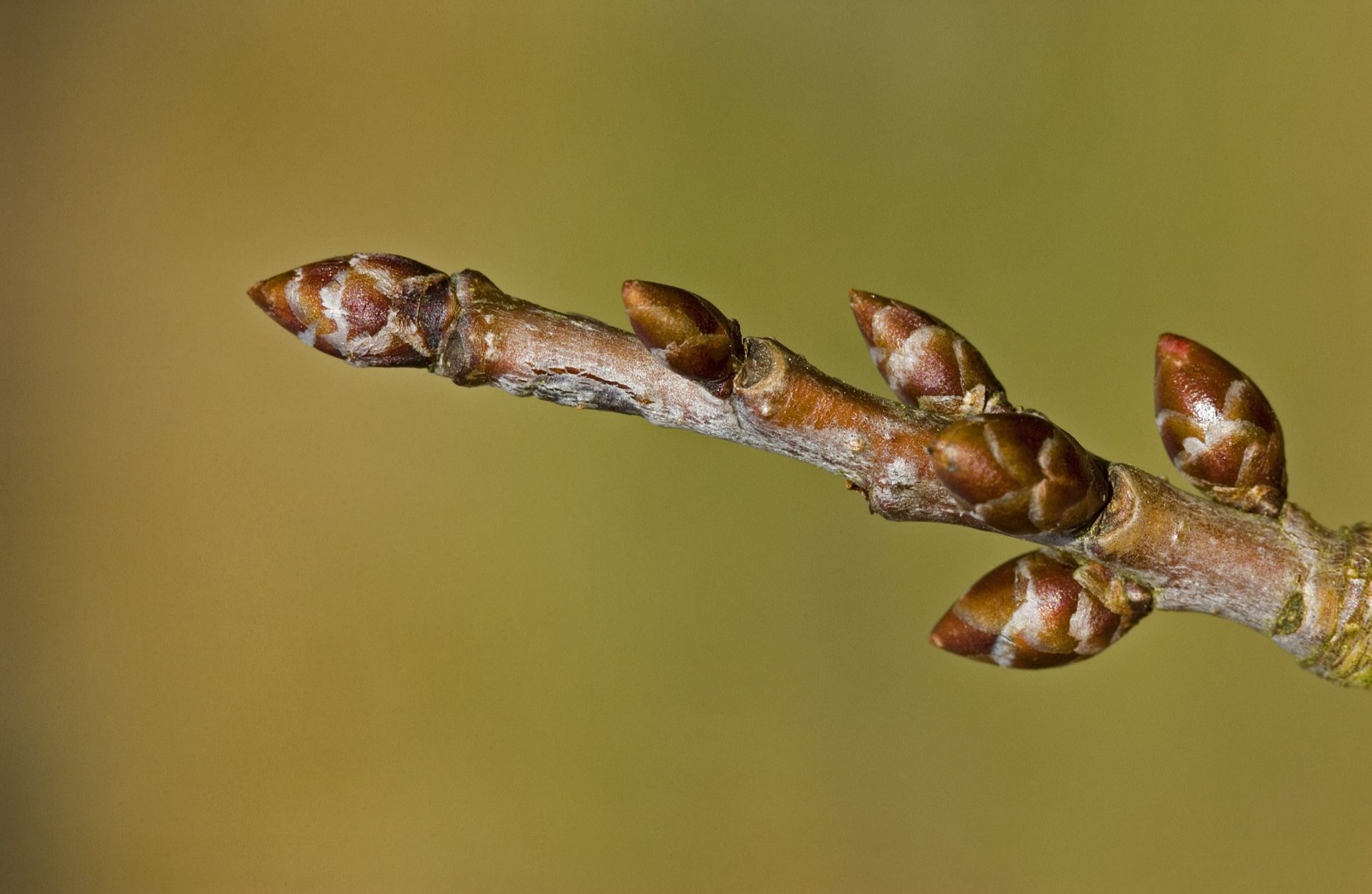
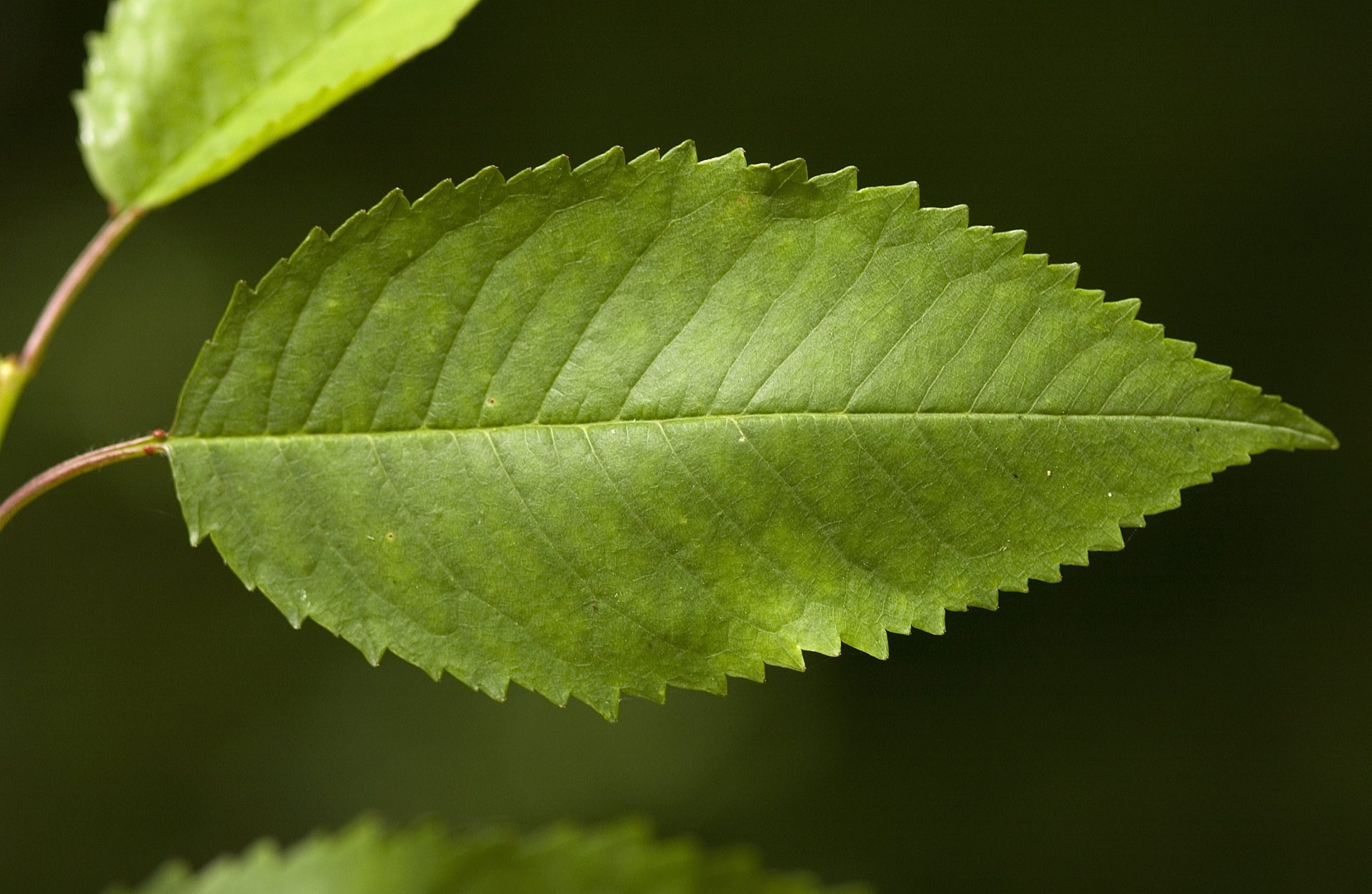
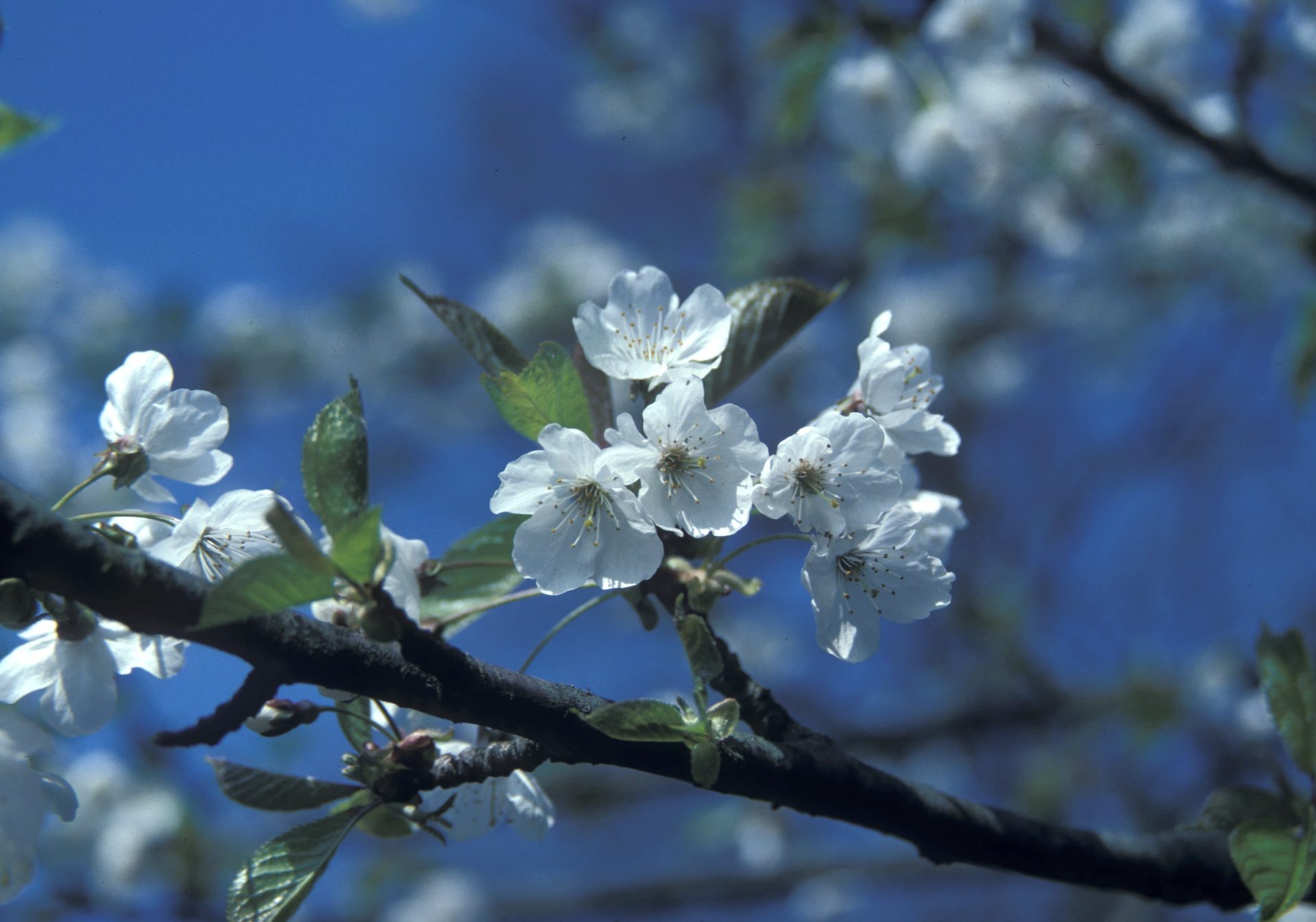
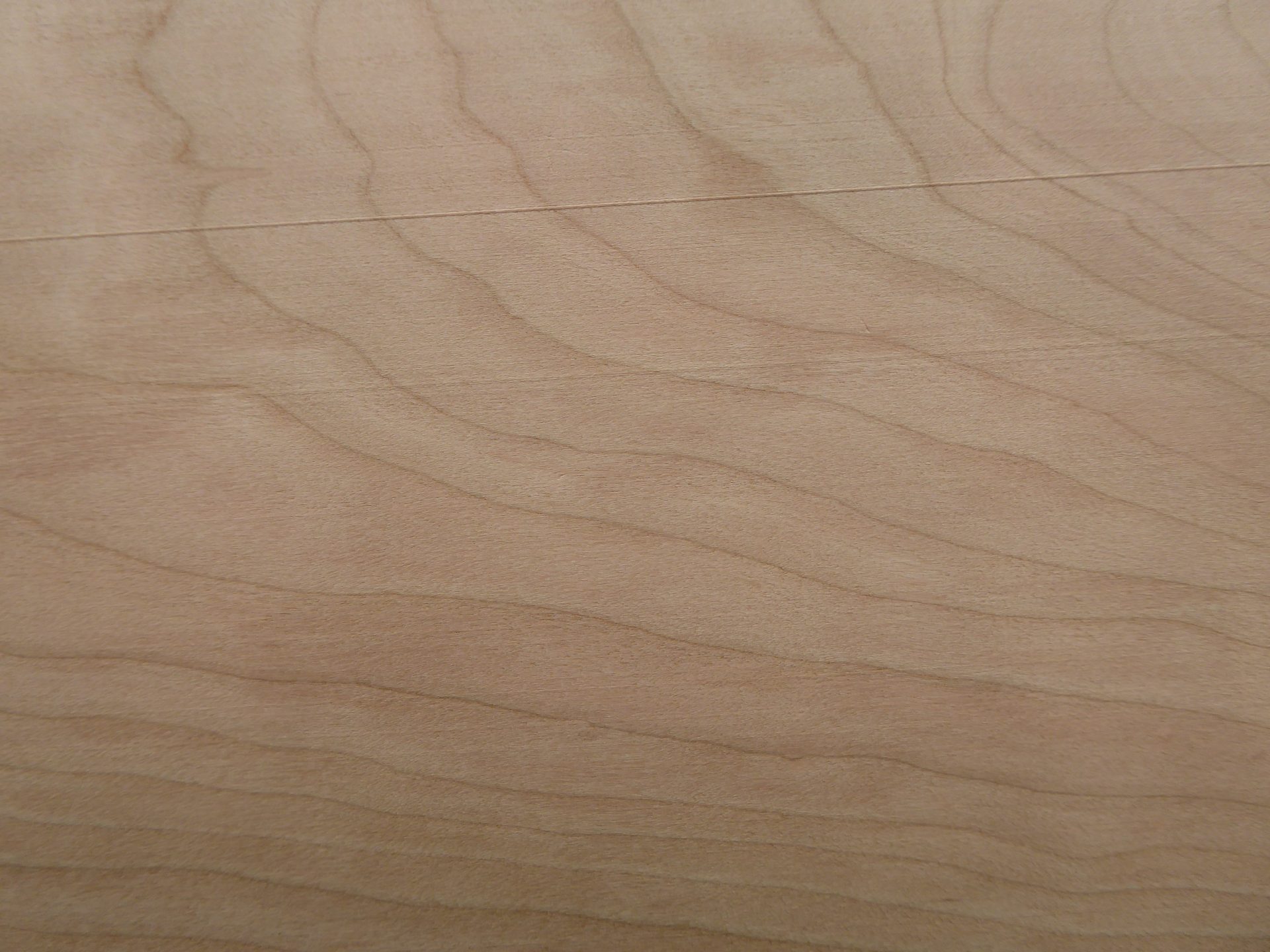
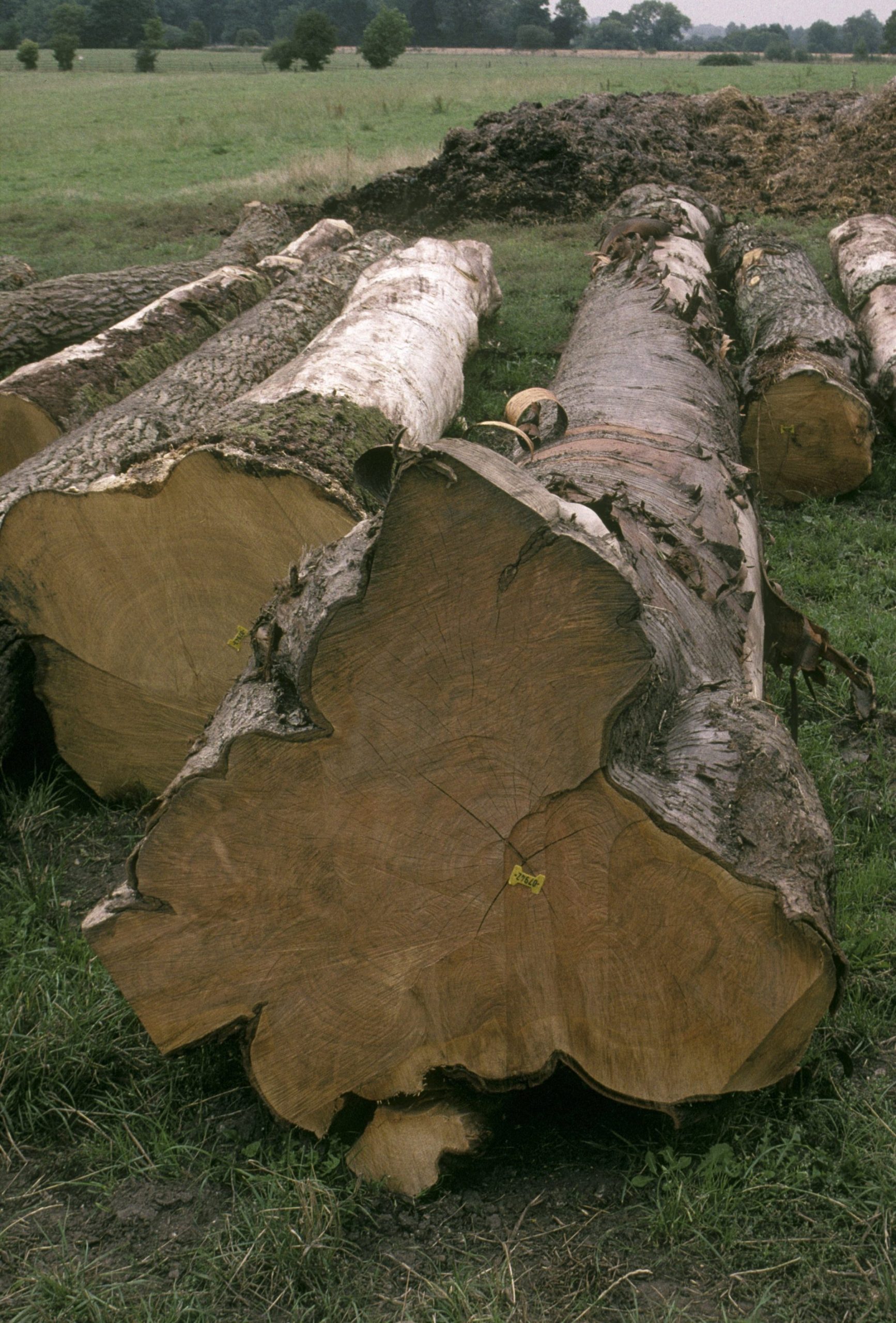
Range
Native to Britain and much of Europe.
Provenance Choice
There is limited knowledge of provenance variation, so seed from seed orchards or good British stands should be preferred; some selected clones are available. Avoid material from eastern and southern Europe which is not adapted to British conditions. Seed orchards established by the Future Trees Trust may provide improved selections for forest use in the future.
Site Requirements
Wild cherry is a pioneer light demanding species which spreads through seed and suckers. Cold hardy and frost tolerant but does not tolerate exposure and is sensitive to drought. It grows best on medium to very rich soils of fresh soil moisture status, including on more calcareous sites. Is not suited to dry or waterlogged soils, as well as those of poor soil nutrient status. It shows a marked preference for warm and sunny sites.
Further detail on the site requirements of wild cherry in current and future climates can be examined using the Forest Research Ecological Site Classification Decision Support System (ESC).
ECOLOGICAL SITE CLASSIFICATION TOOL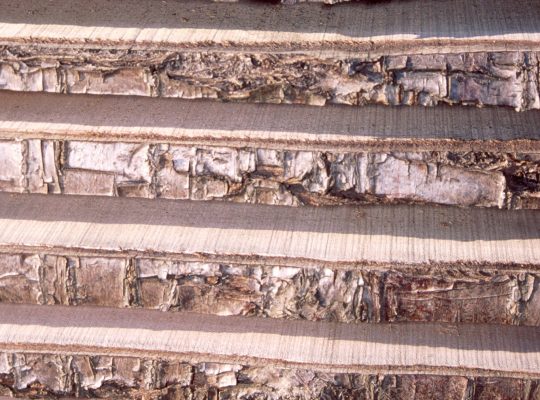
Silviculture
Wild cherry is a light-demanding species with strong apical dominance and a tendency to produce straight single stems. Vigorous early growth can be an issue with the tree out competing neighbouring slower growing species. Conversely wild cherry does not like competition and needs space to be able to grow. Where conditions are suitable wild cherry should be planted as single trees or as small groups in mixed broadleaf plantations.
Wild cherry can be easily established provided plants have a good fibrous root. Trees should be kept weed free (chemical control preferable) and will respond well with vigorous early growth. Its strong apical dominance means wild cherry can be planted as single trees or at wide spacing. It is a species that responds well to growing in tree shelters. Wild cherry does not coppice well but can sucker prolifically.
Individual trees need to be intensively managed which must include formative pruning (it does not self-prune) if high quality timber is required. Pruning should occur before branches are 3 cm at the base and between June and August to minimise potential disease infections. Aim to produce a crown taking up 40% of the tree height.
If planted in groups any thinning operations should allow for full releases of the crown so identifying potential final crop trees at an early stage is recommended. Yields of between 6 and 10 m3 ha-1 year-1 can be expected. Wild cherry can suffer from butt rots and to reduce this potential impact on quality logs rotations should be no more than c 60 years.
Pests and Pathogens
Bacterial canker (Pseudomonas syringae pv. morsprunorum) is common and widespread. It can be very disfiguring and sometimes fatal. Pruning wounds can also allow infection by Chondrostereum purpureum (silverleaf) which can be a progressive and often fatal disease.
See our other tools and resources
Further Resources
Internal
In addition to the general sources of information for species the following are useful for wild cherry.
Evans, J. (1984) Silviculture of broadleaved woodland. Forestry Commission, Bulletin 62. HMSO
Kerr, G. and Evans, J. (1993) Growing broadleaves for timber. Forestry Commission, Handbook 9. HMSO
Pryor, S.N. (1988). The Silviculture and Yield of Wild Cherry. Forestry Commission, Bulletin 75. HMSO
Willoughby, I., Jinks, R., Gosling, P., and Kerr, G. (2004) Creating new broadleaved woodland by direct seeding. Forestry Commission, Practice Guide. Forestry Commission, Edinburgh.
External
In addition to the general sources of information for species the following are useful for wild cherry.
Barsoum, N. (2015) Mixed Provenance and Mixed Species Trials Informing the debate on how to prepare native tree species for climate change in England. Quarterly Journal of Forestry, Vol 109 (3), pp. 201-207.
Leslie, A. (2024). Best Practice Prescriptions for Propagating and Establishing Wild Cherry (Prunus avium) for Timber Production. Monograph. Future Trees Trust, Coleshill, SN7 6PT. www.futuretrees.org.
Welk, E., de Rigo, D., Caudullo, G., 2016. Prunus avium in Europe: distribution, habitat, usage, and threats. In: San-Miguel-Ayanz, J., de Rigo, D., Caudullo, G., Houston Durrant, T., Mauri, A. (Eds.), European Atlas of Forest Tree Species. Publ. Off. EU, Luxembourg, 2 pp.




